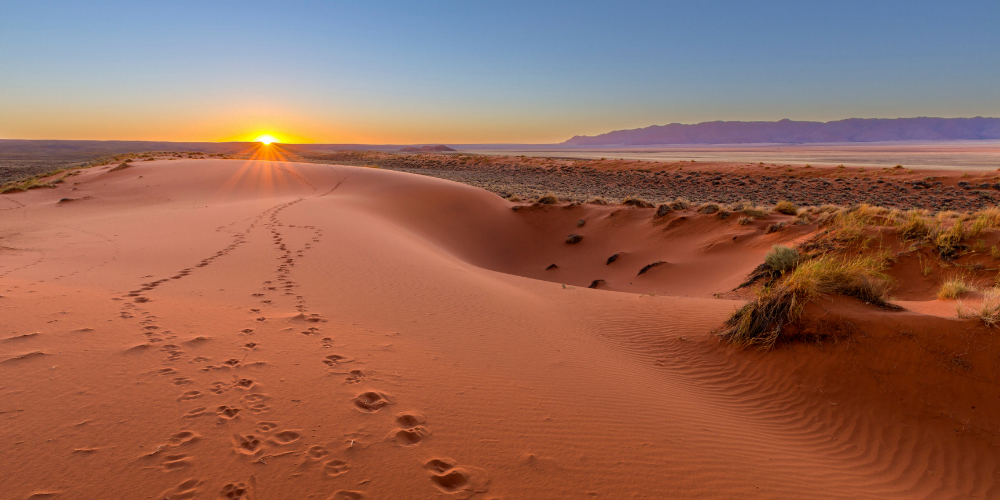Mothering from the Heart, Not the Mind
I am writing this specially for the mothers of children and it is also for everyone that feels drawn...
The Awakened Powers of Intuition in a Hostile World
We live in a hostile world!
We live in an age where threats are not always visible and, in fact, they...
Serenity in Motion
How Change Awakens Our Inner Life
There’s a rhythm to life that mirrors the seasons. Each spring, the...
A guide to the seasons of spiritual awakening in the real world of a busy life
Which season is your soul in?
From the moment you start to awaken, you experience the seasons of your...
Smudging for …Energy and Vitality
Grounding and Concentration
JUST AS SOME smudging blends are designed to calm and relax, others energise,...
Tracing Africa`s ancient footsteps
“Walk beside us on one of our remarkable journeys in Kaapschehoop” ...
